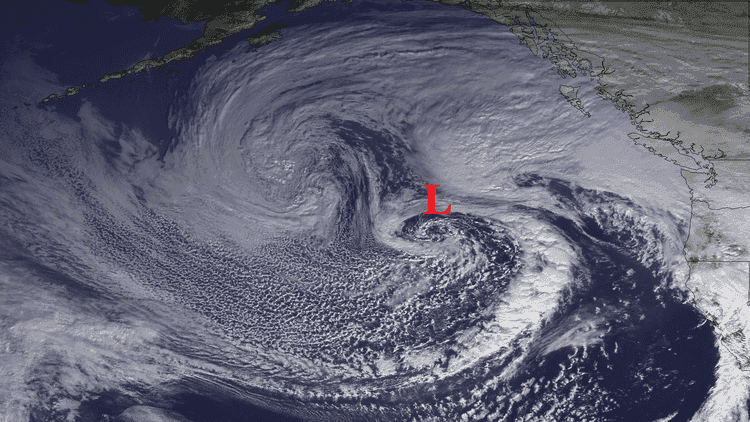Master Sailing Malta Blog
Blog
Understanding Low Pressure Systems
⛵ 1. What is a Low Pressure System?
A Low Pressure System (also called a depression) is an area where the atmospheric pressure is lower relative to the surrounding air. It usually contains warmer air that rises, creating dynamic and often unsettled weather conditions.
Here’s the breakdown:
• Warm air rises – Because the air inside a low pressure system is warmer than its surroundings, it rises and moves from the equator toward the poles. As this air rises, it cools and eventually sinks back down elsewhere, forming high pressure areas.
• Rotation due to Earth’s spin – Low pressure systems spin differently depending on the hemisphere:
• In the Northern Hemisphere, low pressure systems spin anticlockwise.
• In the Southern Hemisphere, they spin clockwise — the opposite of high pressure systems.
• Weather effects – Rising warm air causes cloud formation and precipitation, so low pressure systems are commonly associated with wind, rain, and storms.
• Pressure readings – On a barometer, pressure below around 1000 mb signals a deep depression and likely rough weather. Pressure above 1013 mb usually indicates high pressure and calmer conditions.
• Example – Over Western Europe, especially the UK, weather is often influenced by Atlantic low pressure systems. Warm, moist air from the Gulf Stream clashes with colder air, forming fronts that spin as depressions bringing rain, wind, and unsettled weather, especially in autumn and winter.
In essence, low pressure systems bring the dynamic, wet, and windy weather often experienced in maritime and temperate climates.
